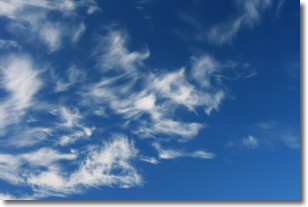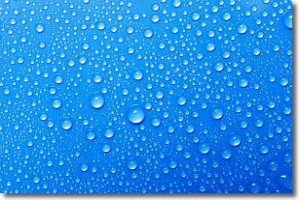Weather Alert in Maryland
Flood Watch issued June 17 at 2:50AM EDT until June 17 at 10:00PM EDT by NWS Baltimore MD/Washington DC
AREAS AFFECTED: Washington; Extreme Western Allegany; Central and Eastern Allegany; Western Garrett; Eastern Garrett; Augusta; Rockingham; Shenandoah; Frederick; Page; Warren; Clarke; Nelson; Albemarle; Greene; Madison; Rappahannock; Orange; Culpeper; Fairfax; Northern Fauquier; Southern Fauquier; Western Highland; Eastern Highland; Western Loudoun; Eastern Loudoun; Northern Virginia Blue Ridge; Central Virginia Blue Ridge; Northwest Prince William; Central and Southeast Prince William/Manassas/Manassas Park; Hampshire; Morgan; Berkeley; Jefferson; Hardy; Western Grant; Eastern Grant; Western Mineral; Eastern Mineral; Western Pendleton; Eastern Pendleton
DESCRIPTION: * WHAT...Flooding caused by excessive rainfall is possible. * WHERE...Portions of Maryland, including the following areas, Central and Eastern Allegany, Eastern Garrett, Extreme Western Allegany, Washington and Western Garrett, Virginia, including the following areas, Albemarle, Augusta, Central Virginia Blue Ridge, Central and Southeast Prince William/Manassas/Manassas Park, Clarke, Culpeper, Eastern Highland, Eastern Loudoun, Fairfax, Frederick VA, Greene, Madison, Nelson, Northern Fauquier, Northern Virginia Blue Ridge, Northwest Prince William, Orange, Page, Rappahannock, Rockingham, Shenandoah, Southern Fauquier, Warren, Western Highland and Western Loudoun, and West Virginia, including the following areas, Berkeley, Eastern Grant, Eastern Mineral, Eastern Pendleton, Hampshire, Hardy, Jefferson, Morgan, Western Grant, Western Mineral and Western Pendleton. * WHEN...From 11 AM EDT this morning through this evening. * IMPACTS...Excessive runoff may result in flooding of rivers, creeks, streams, and other low-lying and flood-prone locations. Creeks and streams may rise out of their banks. Flooding may occur in poor drainage and urban areas. Low-water crossings may be flooded. * ADDITIONAL DETAILS... - Scattered showers and thunderstorms are expected this afternoon and evening. Some thunderstorms will contain heavy rainfall, with rain amounts of 1 to 2 inches in an hour or two. Storms may also train over the same areas causing the possibility of locally higher amounts around 5 inches. - Please visit www.weather.gov/safety/flood for flood safety and preparedness information
INSTRUCTION: You should monitor later forecasts and be alert for possible Flood Warnings. Those living in areas prone to flooding should be prepared to take action should flooding develop.
Want more detail? Get the Complete 7 Day and Night Detailed Forecast!
Current U.S. National Radar--Current
The Current National Weather Radar is shown below with a UTC Time (subtract 5 hours from UTC to get Eastern Time).

National Weather Forecast--Current
The Current National Weather Forecast and National Weather Map are shown below.

National Weather Forecast for Tomorrow
Tomorrow National Weather Forecast and Tomorrow National Weather Map are show below.

North America Water Vapor (Moisture)
This map shows recent moisture content over North America. Bright and colored areas show high moisture (ie, clouds); brown indicates very little moisture present; black indicates no moisture.

Weather Topic: What are Cirrostratus Clouds?
Home - Education - Cloud Types - Cirrostratus Clouds
 Next Topic: Cirrus Clouds
Next Topic: Cirrus Clouds
Cirrostratus clouds are high, thin clouds that form above
20,000 feet and are made mostly of ice crystals. They sometimes look like giant
feathers, horse tails, or curls of hair in the sky.
These clouds are pushed by the jet stream and can move at high speeds reaching
100 mph.
What do they indicate?
They indicate that a precipitation is likely within 24 hours.
Next Topic: Cirrus Clouds
Weather Topic: What is Condensation?
Home - Education - Precipitation - Condensation
 Next Topic: Contrails
Next Topic: Contrails
Condensation is the process which creates clouds, and therefore
it is a crucial process in the water cycle.
Condensation is the change of matter from a state of gas into a state of liquid,
and it happens because water molecules release heat into the atmosphere and
become organized into a more closely packed structure, what we might see as
water droplets.
Water is always present in the air around us as a vapor, but it's too small for
us to see. When water undergoes the process of condensation it becomes organized
into visible water droplets. You've probably seen condensation happen before on the
surface of a cold drink!
Next Topic: Contrails
Current conditions powered by WeatherAPI.com




